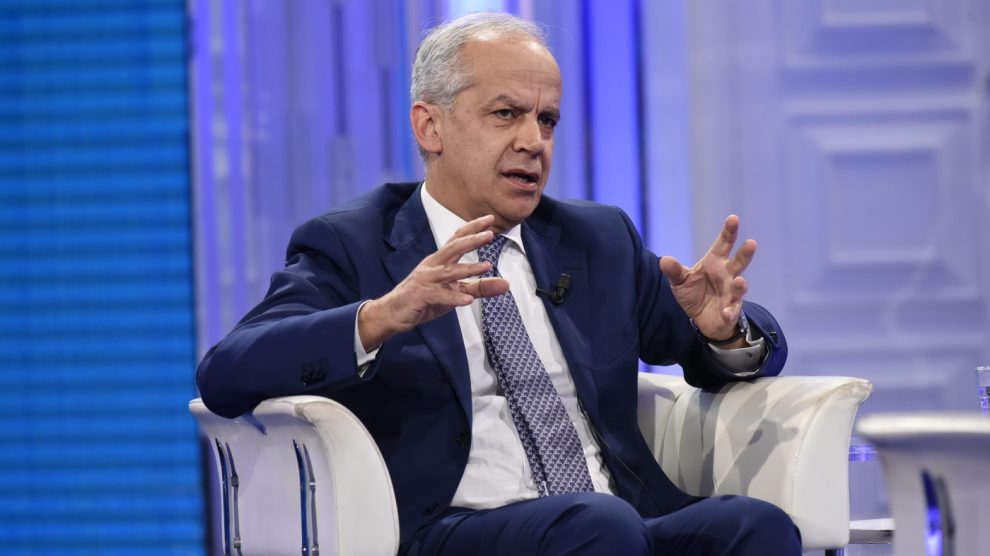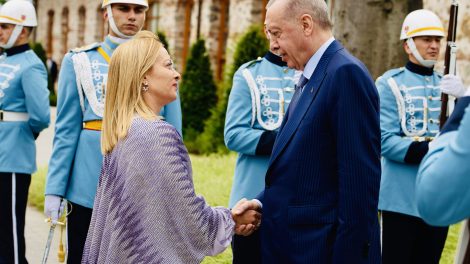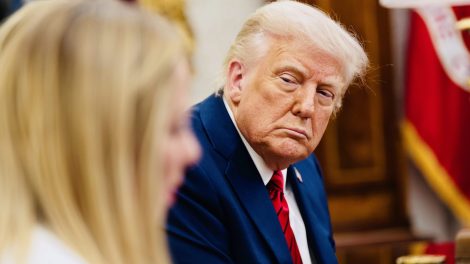EU ministers discuss migration. On Thursday, the bloc’s interior ministers met informally in Sweden, which holds the rotating EU presidency and whose new rightwing government placed migration amid its mandate’s priorities. Officials laid the groundwork for the upcoming European summit on February 9-10.
- This is the first migration-focussed meeting since the one that followed the 2022 spat between France and Italy (which has taken a harder line on migrants-rescuing NGOs) over migrants redistribution and borders policy.
- In their recent bilateral phone call, Italian PM Giorgia Meloni and French President Emmanuel Macron convened on “the urgency […] to combat illegal immigration through effective control of the EU’s external borders.”
The takeaways. Migration has long proved one of the most divisive dossiers in the bloc, with border countries usually asking for more assistance (with border control, repatriations, visa processing and redistribution) and other member States backpedalling on sharing the burden. Consensus is still far off, but Stockholm is striving to reach a shared agreement by the end of its mandate on June 30.
- In 2022 European countries received 300.000 immigrants – of which over one-third landed in Italy – and over one million asylum applications, remarked EU Home Affairs Commissioner Ylva Johansson. “That means we have three times more asylum applications than arrivals. So it is good that the Swedish Presidency will now focus on returns.”
- In case the Swedish aims prove too optimistic, Spain – which will take over the next EU presidency term – has pledged to pick up the baton and close the work by the end of the year, pledged Spain’s Interior Minister Fernando Grande Marlaska Gomez.
Rome’s approach. Currently, the EU recognises two types of repatriation, either voluntary or forced. In Stockholm, Italy’s Matteo Piantedosi pitched a third model: repatriations would be associated with reintegration projects, even if they are forced, as those can “facilitate the collaboration of the foreigner, stimulate the countries of origin to strengthen cooperation and contribute to fighting the root causes of immigration.”
- He also emphasised the importance of a centralised approach – which requires now-lacking coordination among EU member States – through a European Return Coordinator. “My hope is that this figure will concretely become the fulcrum of a more incisive European action, also through a close synergy with Frontex,” the EU border agency.





